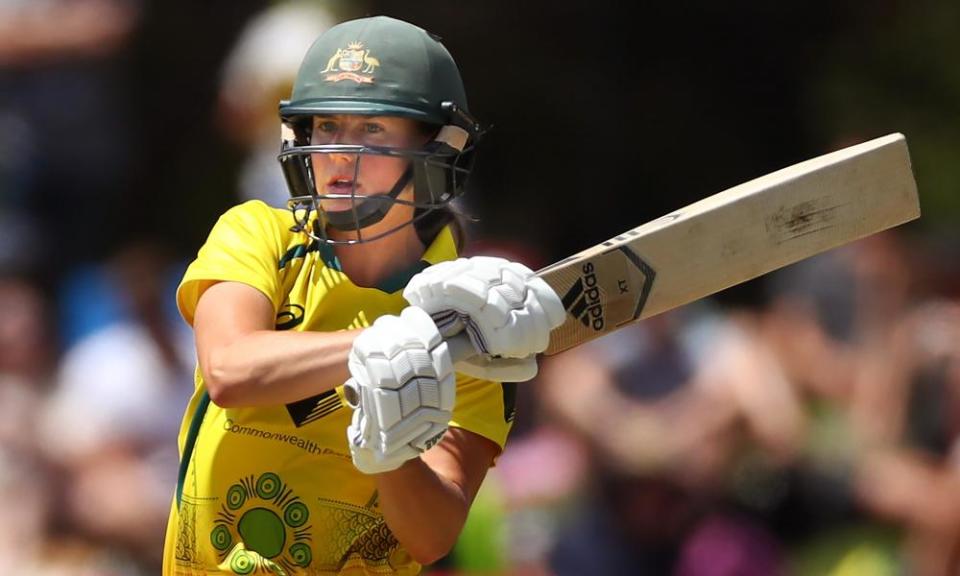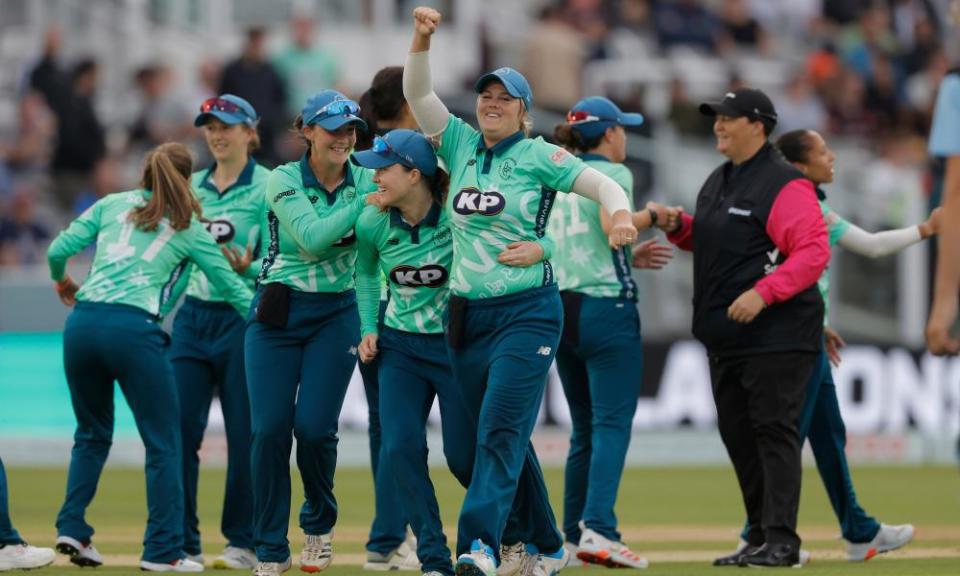Women’s Hundred returns with new stars but prime-time pressure

And so it returns, with all its high-summer razzmatazz. The men have been at it for a week already, but after a short delay due to the Commonwealth Games, the second edition of the women’s Hundred will get under way on Thursday at the Kia Oval, with the defending champions, Oval Invincibles, going head-to-head against Northern Superchargers.
There will be live music. There will be fireworks. There will be coverage on the BBC (seven women’s matches this year), building up to a final at Lord’s on Saturday 3 September.
Related: England’s Lisa Keightley will depart and leave ECB with crunch decision | Raf Nicholson
So far, so familiar. Yet this year’s sequel is not without its adjustments. There are personnel changes – a host of leading Australia internationals will have their first taste of 100-ball cricket, including Ellyse Perry (Birmingham Phoenix), Megan Schutt and Beth Mooney (London Spirit), and Alyssa Healy (Northern Superchargers). One high-profile absentee will be Meg Lanning, who pulled out of the competition after announcing on Wednesdayyesterday that she is taking an indefinite leave from cricket for personal reasons.
In a baby step towards narrowing the infuriating gender pay gap, the 16 highest-paid women will this year earn marginally more than the lowest-paid men (£31,250 compared with £30,000). Perhaps most significantly, several of the women’s matches – including Thursday’s curtain-raiser at the Oval – are being played in the “prime‑time” slot, after the men’s game has concluded. “Hopefully we can do justice to that,” the Invincibles captain, Dane van Niekerk, said on Wednesday.
If last year is anything to go by, she need have no fears. For players such as Alice Capsey, who was the sensation of last year’s competition at the age of 16, the Hundred smoothed the path to the international stage, where she thrived. It also smashed the England and Wales Cricket Board’s attendance objectives out of the park, with an average audience of 7,500 for the women’s matches, and a record crowd at Lord’s of 17,116 for the final.

The Lionesses may have brought football home last month, but it is cricket which is winning the battle for attendances at domestic women’s sport (by comparison, the Football Association’s aspiration is for average crowds of 6,000 at the Women’s Super League by 2024).
It says a lot that the opening week of the men’s Hundred has felt very much like the heart is missing: without the double-header model which was at the core of its success in year one, is the Hundred really the Hundred?
On the other hand, in a competition where the public message has been “one team, two squads”, it remains to be seen how much interaction there will be between the women’s and men’s teams. Last year social distancing and Covid “team bubbles” were trotted out as excuses for the fact that some of the men barely seemed to know the names of their female colleagues. There will be no such mitigation this time.
Is there also, perhaps, some pressure that comes with knowing that the women’s competition must now live up to the high expectations it fostered in 2021? “Watching the men’s team, I got really excited for our games, remembering how electric and amazing it was to play in front of a packed crowd,” Van Niekerk said.
“I expect nothing less [this year].” The ECB will be desperate to ensure it lives up to her hopes – partly because the success of the women’s Hundred has proven a surefire way to silence critics of the entire 100-ball concept.
For Van Niekerk, whose skilful captaincy was instrumental in the Oval Invincibles’ victory last summer, the tournament holds more personal significance. It will be her first time playing cricket since November last year, the South African having sustained a brutal ankle injury which kept her out of both the World Cup and the Commonwealth Games.
“I was almost bedridden for three weeks,” she said. “This injury has taken the biggest toll mentally on me. I’m thankful I can play again – I need it. I’m built to play cricket.”

 Yahoo Sport
Yahoo Sport 





































